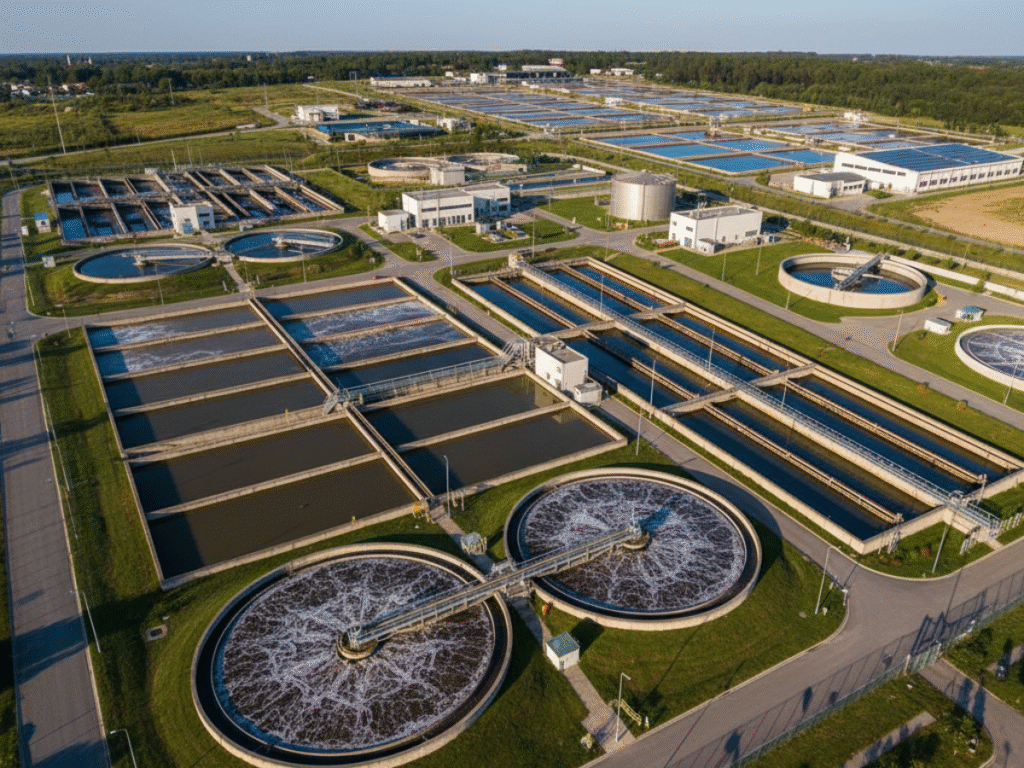Frequently Asked Questions
1.What is the typical operating range for the sludge volume index formula result (i.e., SVI)?
A typical good operating range for the SVI (calculated using the sludge volume index formula) is roughly 80 to 150 mL/g. When SVI is within this range, it indicates reasonably good settleability of the activated sludge. Values significantly above this range (> 150 mL/g, or > 200 mL/g) suggest poor settling or bulking; values significantly below (~< 80 mL/g) may indicate sludge that is too dense or aged.
2. What factors affect the results of the sludge volume index formula and therefore the SVI?
Several factors affect SVI and thus the result of the sludge volume index formula: The mixed liquor suspended solids (MLSS) concentration: higher MLSS may reduce the SVI if sludge flocs are dense. The sludge settleability: floc structure, age, microbial composition (filamentous vs compact flocs). Sample collection and settleometer method: variations in sample handling, settle time, cylinder size can affect readings. Environmental/operational conditions: DO, temperature, pH, toxic shocks, nutrient deficiency can degrade settleability. Return sludge rate (RAS) and waste sludge rate (WAS): these influence sludge age and solids inventory, which in turn affect SVI. Being aware of these helps you interpret the vresult of your sludge volume index formula calculations correctly.
3. How often should I perform the sludge volume index formula calculation in a wastewater plant?
The appropriate frequency depends on your plant size, stability of operations, and the criticality of the secondary clarifier. Many plants perform SVI testing weekly or every few weeks as part of routine process monitoring. Some high-risk operations may test daily. The key is consistency and trend tracking rather than one-off readings. The calculator tools labelled Sludge Volume Index Calculator can assist in quickly computing the SVI via the sludge volume index formula.
4. If my sludge volume index formula result shows a high SVI, what operational actions can I take?
If your SVI (calculated via the sludge volume index formula) shows a high value (indicating poor settling), you can take several steps: Increase the waste sludge rate (WAS) to remove older biomass or filamentous sludge that may be impairing settling. Chemtech International Check and optimise return sludge (RAS) flows to ensure appropriate sludge blanket and settling dynamics. Investigate for filamentous bacterial overgrowth (microscopic examination), toxic shocks, nutrient deficits, or low dissolved oxygen causing poor floc formation. Examine MLSS levels and floc morphology: perhaps the sludge age is too low (young sludge) and needs to be increased or adjusted. Monitor the clarifier: check hydraulic loading, sludge blanket depth, evidence of floating sludge or rising sludge. By tracking changes in your sludge volume index formula result over time you’ll be able to assess whether your interventions are effective.








